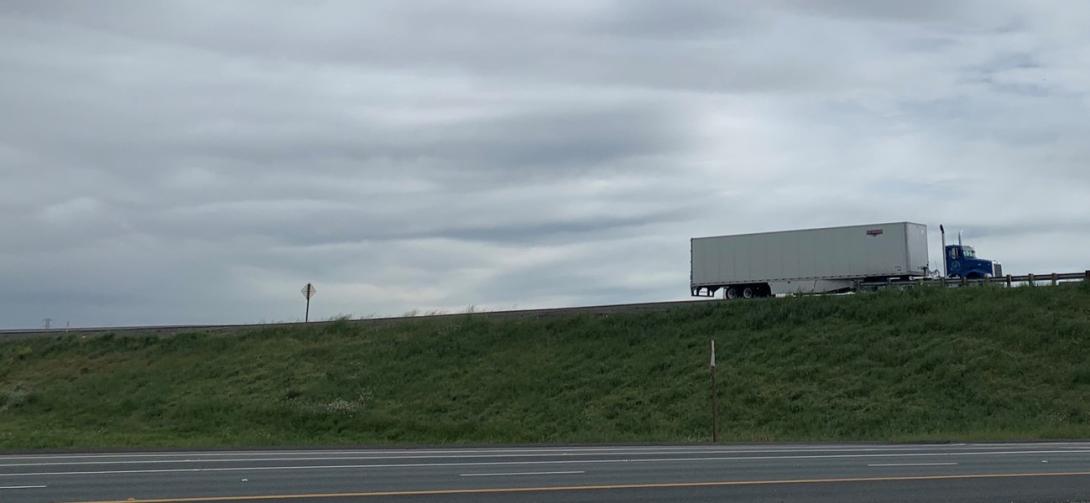Earth Day and the Trucking Industry
While the Planet Turns, the Industry Keeps Moving
Well, another Earth Day is upon us and as we cycle around the sun one more time to celebrate the beautiful blue marble we live on, we should not only stop to take in the wildflowers, the trees, the furry little varmints and boundless blue sky above, but we should also pause to consider the most important part of it all, the trucking industry.
At this point most readers would ask what the trucking industry has to do with Earth Day, yet alone wildflowers and furry little varmints.
Besides the fact that if, “you got it, a truck brought it”, when we take a step back to appreciate trucking industry contributions to environmental improvements through new, clean engine purchases, a clear image begins to emerge and it is no longer of the old, dirty truck belching black smoke.
In the trucking industry, the questions have never been about why we need to improve the environment or protect air quality but rather, how to do it, how much will it cost and who is paying?
When the Government wants emissions reductions from the trucking industry, they know starting from the top down is the most pragmatic approach. Begin with the Original Equipment Manufacturers (OEMs) and then move to end users.
For years, engine manufacturers, the state of California and the EPA went back and forth with Lawsuits, Decrees and Memorandums of Understanding all which resulted in eventually forcing the cleanest diesel engine standards for new trucks sold in the United States starting in 2010.
With no place for nostalgia in the California regulatory regime, fleets were then given a decision whether or not to meet strict in-use standards for California operation starting in 2012 by ditching the old and buying the new, retrofitting or leaving the market entirely.
Many fleets decided to stick around and invest into some of the cleanest diesel engine technology in the world. Many have also leveraged government incentive funds to turnover old equipment through state scrap and replace programs.
So far, Billions of dollars have been spent to meet in-use emissions standards and Billions more will be needed to fund the final turnover of the legacy fleet into the emerging technologies that will eventually displace the diesel engine in many vocational segments.
Regardless of additional regulatory pressure on OEMs or end user fleets for that matter, all segments of the trucking and transportation industries will continue to respond, helping protect the very lifestyles we have all become accustomed to, while simultaneously improving the environment with every mile logged.
So, on this Earth Day, consider the trucks, they do more than you think.

